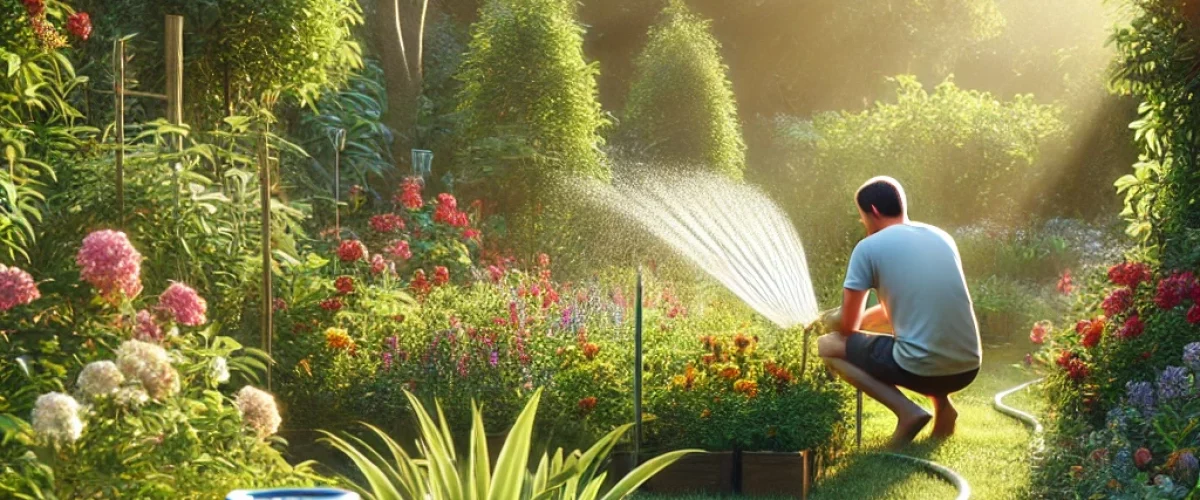Maintaining a vibrant garden during the hot summer months can be challenging. Proper irrigation is essential not only for keeping your plants healthy but also for conserving water. There are several irrigation methods, each with its advantages, and understanding these can help you choose the best approach for your garden.
Types of Irrigation
- Drip Irrigation
- This method involves a network of tubes with emitters that deliver water directly to the base of each plant.
- It reduces water waste and is highly efficient, especially for individual plants and shrubs.
- Soaker Hoses
- Soaker hoses are porous and allow water to seep out slowly along their length.
- They are ideal for garden beds and can be laid out to cover a larger area evenly.
- Sprinkler Systems
- Sprinklers can cover large areas and are suitable for lawns.
- However, they are less efficient for individual plants due to water loss from evaporation and wind.
Best Practices for Watering
- Timing: Water early in the morning or late in the evening to minimize evaporation.
- Depth: Water deeply but less frequently to encourage roots to grow deeper and stronger.
- Soil Moisture: Check the soil moisture before watering to avoid over-watering, which can harm plants and waste water.
Water Conservation Tips
- Mulching: Apply a layer of mulch around plants to retain moisture and reduce the need for frequent watering.
- Rain Barrels: Use rain barrels to collect and reuse rainwater for your garden.
- Efficient Use: Adjust your watering schedule based on weather conditions and plant needs to ensure efficient use of water.
Proper irrigation techniques can make a significant difference in the health and sustainability of your summer garden, ensuring that your plants thrive even in the hottest months.



